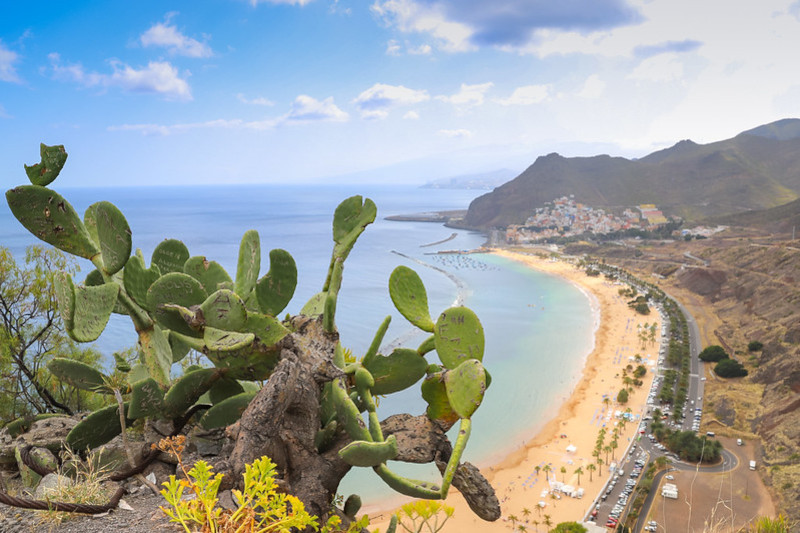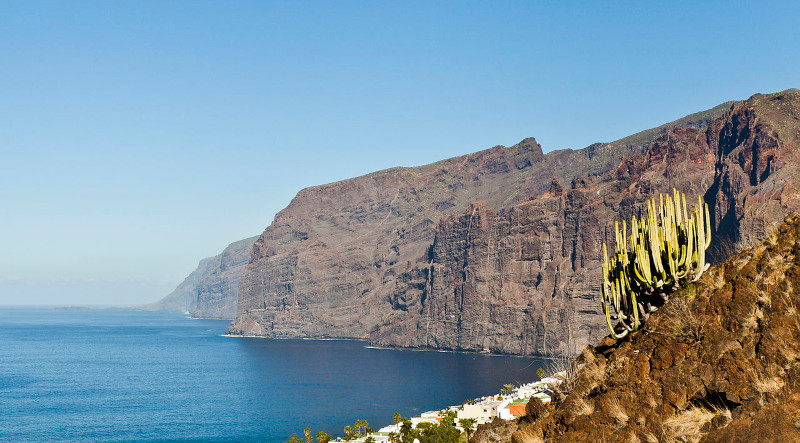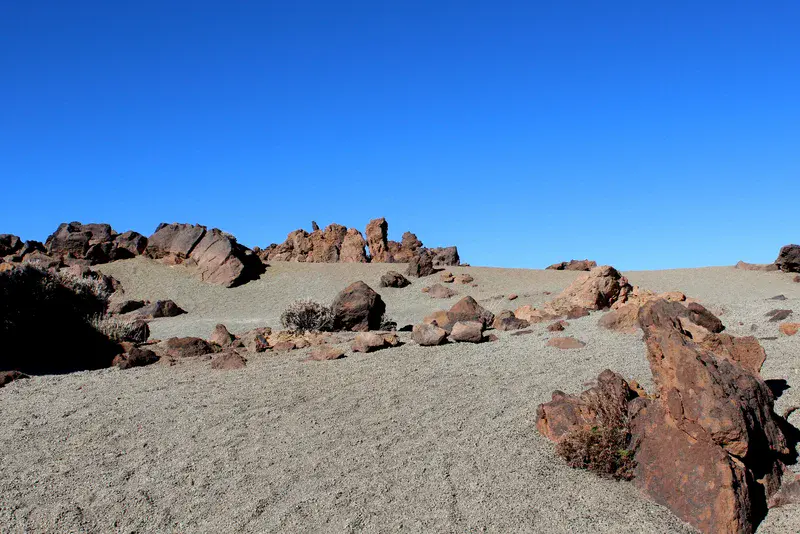
Tenerife Facts
- This gorgeous product of geological forces most frequently goes by the deceptively simple title of Tenerife. That’s typically the only appellation applied to this marvel of Nature. Yet that certainly in no way diminishes its sheer beauty and awesomeness.
- In ancient times, however, the stunning site held at least two separate, different names. That’s because the local Indigenous Peoples held their own monikers for the remarkable formation. In their native tongue, it was called either Chenet or Achinet.
- It’s presently unknown exactly when our ancestors discovered the beautiful island. In our era, however, that occurred relatively recently. Archaeological evidence uncovered indicates that the first human settlement began in approximately 200 BC.
- Today, the gorgeous Tenerife ranks as one of the most popular tourist destinations in its region. In fact, an extraordinary average of 5 million people visit the site annually. Fortunately, despite this, efforts remain in place to protect its pristine condition.
- Due to those efforts, several large protected areas now exist. Teide National Park, near the island’s center, is a UNESCO World Heritage Site. The Macizo de Anaga, an awesome massif, also holds the UNESCO designation of a protected Biosphere Reserve.
Related Articles




Tenerife Physical Description
The visually captivating Tenerife easily impresses and awes those fortunate enough to visit the site. Yet it does so for more reasons than just its sheer beauty, great though that is. That’s true since it also holds a remarkable combination of different geological features.
The island has a distinctive shape, somewhat reminiscent of a compressed, elongated triangle. Along with this unique design, it also boasts a highly irregular outline. Yet the same actions that created this structure also provided it with some impressive dimensions.
At its greatest extent, the island measures approximately 50 mi (80 km) in length. At its widest point, however, the formation only reaches roughly 31 mi (50 km) in width. The isle thus represents the largest of all the islands in the group of which it forms a part.
Due to these measurements, the site contains a surprisingly large total area. That dimension equals roughly 785 sq mi (2,034 sq km). Combined with the nature of its outline, this provides it with a remarkable shoreline. This aspect totals a startling 212.5 mi (342 km).
Yet, Nature gave the breathtaking Tenerife far more than just its size to amaze us. That’s true due to some of the individual features present within its confines. This includes Mount Teide, which ranks as the third-largest volcano on earth, when measured from its base.
The location also plays host to numerous beaches. Some of these have sands of yellow, while others present pink, and a few even have black sand. Many of its shores also have a highly rocky nature. The entire island is known for its extremely uneven landscape.

Tenerife Location, Formation, and Ecology
Nature created Tenerife in a region of the globe already well known for its abundance of great geological beauty. Exactly where that section of the earth’s surface lies, however, might surprise a few people. It formed in the Atlantic Ocean, as part of the Canary Islands.
It further sits offshore from the continent of Africa, about 186 mi (300 km) from Morocco. Despite its proximity to this continent, though, it’s actually officially part of Europe. That’s because these islands collectively represent a territory of the country of Spain.
This stunning natural feature owes its creation to volcanic activity. This process actually began roughly 20 million years ago, however. Taking place beneath the ocean, this slowly built up a large cone-shaped structure, rapidly cooling due to the surrounding marine waters.
Evidence indicates that it finally expanded above the waves between 7.0 – 5.3 million years ago. A second powerful cycle of activity began around 3 million years ago, expanding its borders. This apparently continued sporadically until about 200,000 years ago.
In modern times, though, it’s only erupted four times. The first of these took place in 1704, with three cones erupting simultaneously. Then, in 1706, its largest modern eruption occurred, burying a small city and port. Minor events also occurred in 1798 and 1909.
Despite its size, Tenerife holds an extraordinarily diverse set of ecosystems. This is due to its combination of rich volcanic soil, and climatic and geographical conditions. Due to this, over 1,400 species of fauna exist here. In fact, 100 of these species appear nowhere else.
Animals also abound on the island. This includes 13 types of mammals, two amphibians, and five reptiles. Birds also live here in large numbers, comprised of 56 species. Roughly 400 varieties of fish also call the site home. Literally thousands of invertebrtes also appear here.
Features Sharing Its Region



Check out our other articles on 5 Remarkable United States Reptiles, Orange Jewelweed, Mammoth Hot Springs, Marbled Polecat, East African Lowland Honey Bee, Fire Salamander









Leave a Reply